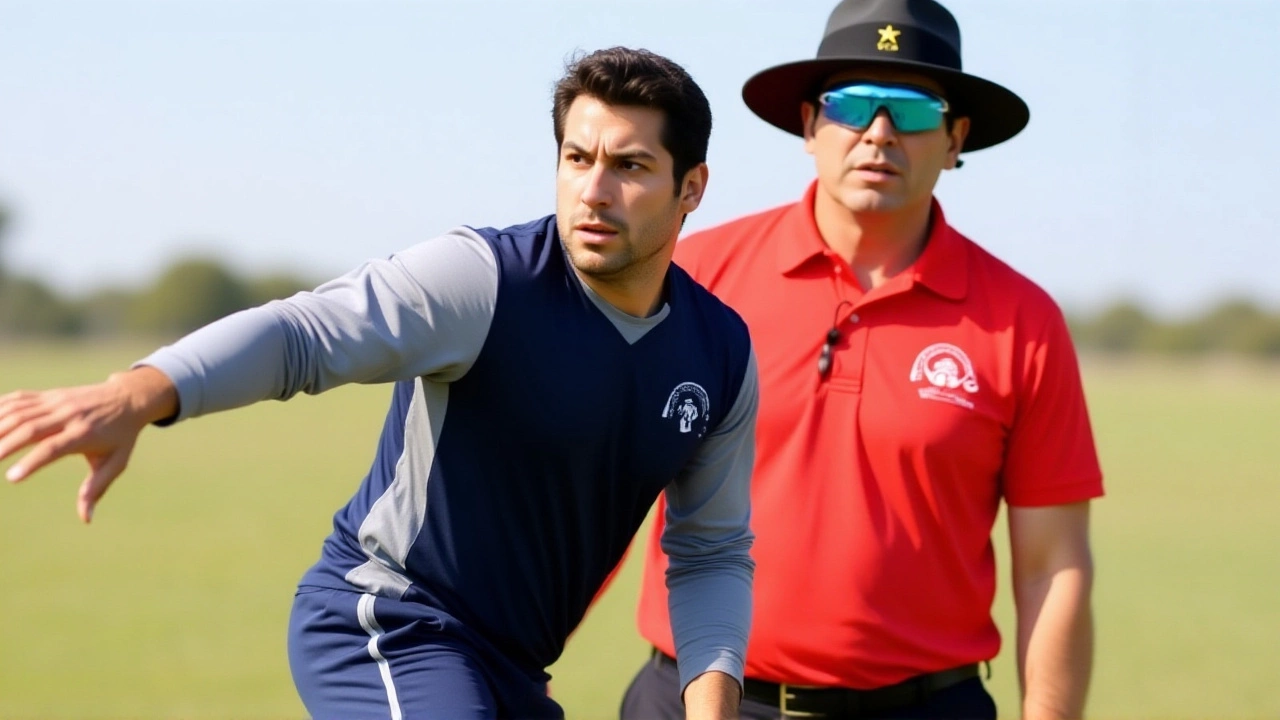International Participation in Sports: What It Means for Players and Fans
When you watch a football match or a basketball game, you’re not just seeing talent from one country – you’re seeing a mix of cultures, styles, and stories. That mix is called international participation, and it’s the engine that keeps sports fresh and exciting.
One of the biggest drivers of international participation is the ability of athletes to move across borders. Recent changes from the UK Home Office, which raised sponsor licence fees and increased visa costs, show how policy can directly affect where players end up. Higher fees mean clubs need to be smarter about budgeting for foreign talent, and players need to be clear about the paperwork involved before signing a contract.
Why Visa Rules Matter
If a club wants to sign a promising striker from South America, they’ll have to navigate the Skilled Worker visa process. The new salary thresholds and stricter cost‑recovery rules mean a club can’t just pass the expense onto the player. That pushes clubs to invest in proper immigration advice and to keep contracts transparent. For the player, knowing the cost and timeline of a visa helps avoid surprises that could derail a season.
These rules don’t just affect football. Rugby, cricket, and even esports teams face similar hurdles when bringing in talent. When the barrier is too high, you miss out on the chance to watch a rising star compete on the world stage.
Cross‑Border Teams Keep Fans Engaged
Another angle of international participation is teams that represent more than one region. Think of the Carolina Panthers, who draw fans from both North and South Carolina, or the Kansas City Royals, who play for fans in two states. While not a literal international case, the idea is the same: teams that cross borders create larger fan bases and richer rivalries.
When clubs or leagues expand into neighboring countries, the excitement multiplies. A new fan in Belgium cheering for a Dutch team adds fresh chants, different food stalls, and new travel stories. That buzz translates into higher ticket sales, more merchandise, and a broader media footprint.
From a practical standpoint, clubs should plan for language support, cultural onboarding, and community outreach when they bring in foreign players. Simple gestures – like offering a translation of the team handbook or hosting a welcome dinner with local dishes – go a long way in making players feel at home.
Fans also benefit. Watching a Russian forward glide past a defender from Ghana adds a visual contrast that’s hard to ignore. It sparks conversations on forums, pushes broadcasters to highlight diverse backstories, and ultimately deepens the connection between the audience and the sport.
In short, international participation isn’t just a buzzword. It’s a collection of policies, logistics, and cultural exchanges that shape the games we love. Whether you’re a club manager balancing budgets, a player sorting out visas, or a fan cheering from the stands, understanding these pieces helps you appreciate the bigger picture.
Stay tuned to the latest immigration updates, support clubs that invest in global talent, and celebrate the mix of styles that makes every match a unique experience.
In my perspective, the FIFA World Cup is indeed a global event. The tournament brings together teams from across the globe, fostering a sense of unity and shared excitement. It's not just about football; it's a cultural phenomenon that transcends borders, languages, and backgrounds. The World Cup's universal appeal is undeniable, with billions tuning in from all corners of the world. So, yes, it's safe to say that the FIFA World Cup is a true celebration of global unity and diversity.
View More




